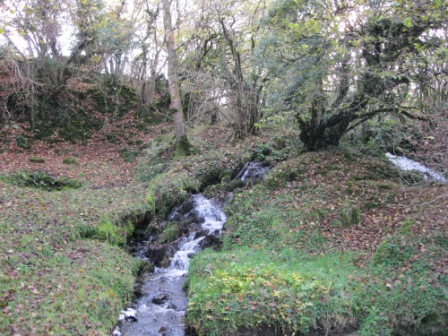The vast subject of holy wells in Meath fields, associated cures and other rural traditional cures could fill an entire book in itself. This whole area is closely interwoven with people’s religious beliefs and also with folk belief and traditions.
There was a specific ‘tickbox’ on the field survey form for a ‘Holy Well’ and space was allocated to give extra information about the well’s patron, cures and pattern days. Just over 60 holy wells were identified in this way. However, we were given information about many other wells with cures where the surveyor did not specifically tick the box to confirm it is a ‘Holy Well’.
Many of the wells are linked with a patron saint, including some well known saints such as St. Patrick, St. Anne, St. Brigid, St Finian, St. John, St. Colmcille, St. Fiach, St. Dympna, St. Seachnaill and St. Joseph. There are also several less well known saints associated with the wells such as St. Gorman, St. Toole, St. Oran, St. Benignus, St. Scíre and St. Rodaigh. Many other wells may originally have had a patron saint but that information has been lost.
Some holy wells are just known as being holy, while others have specific cures related to them. Some of the more frequently mentioned cures are for warts, headaches, toothaches, sore eyes and sick stomachs.
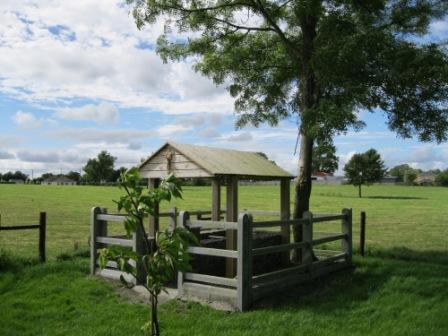
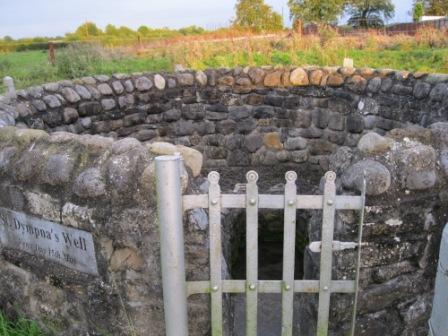
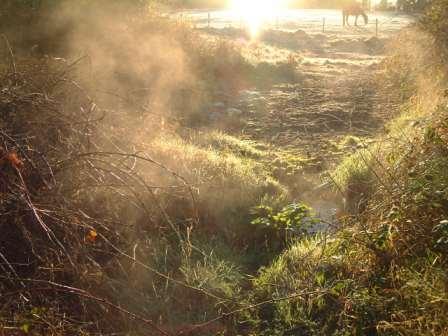
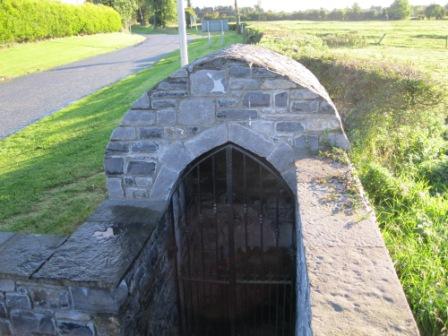
St. Scíre’s Holy Well outside Kilskyre Village (photo by Joan Mullen)
‘Tobar’ is the Irish for well and many holy wells have a name like Tobar or sometimes spelled Tubber. Of course wells called Tobar are not necessarily holy wells. It is likely that fields called ‘Tobar Ultan’ (Toberultan, Balrath, Kells) and ‘The Meadow of Tobar Anthony’ (Spiddal, Nobber) did have holy wells. Unfortunately, in some cases the full details of a holy well have been lost.
